Five things we learned from the 2019 Strade Bianche
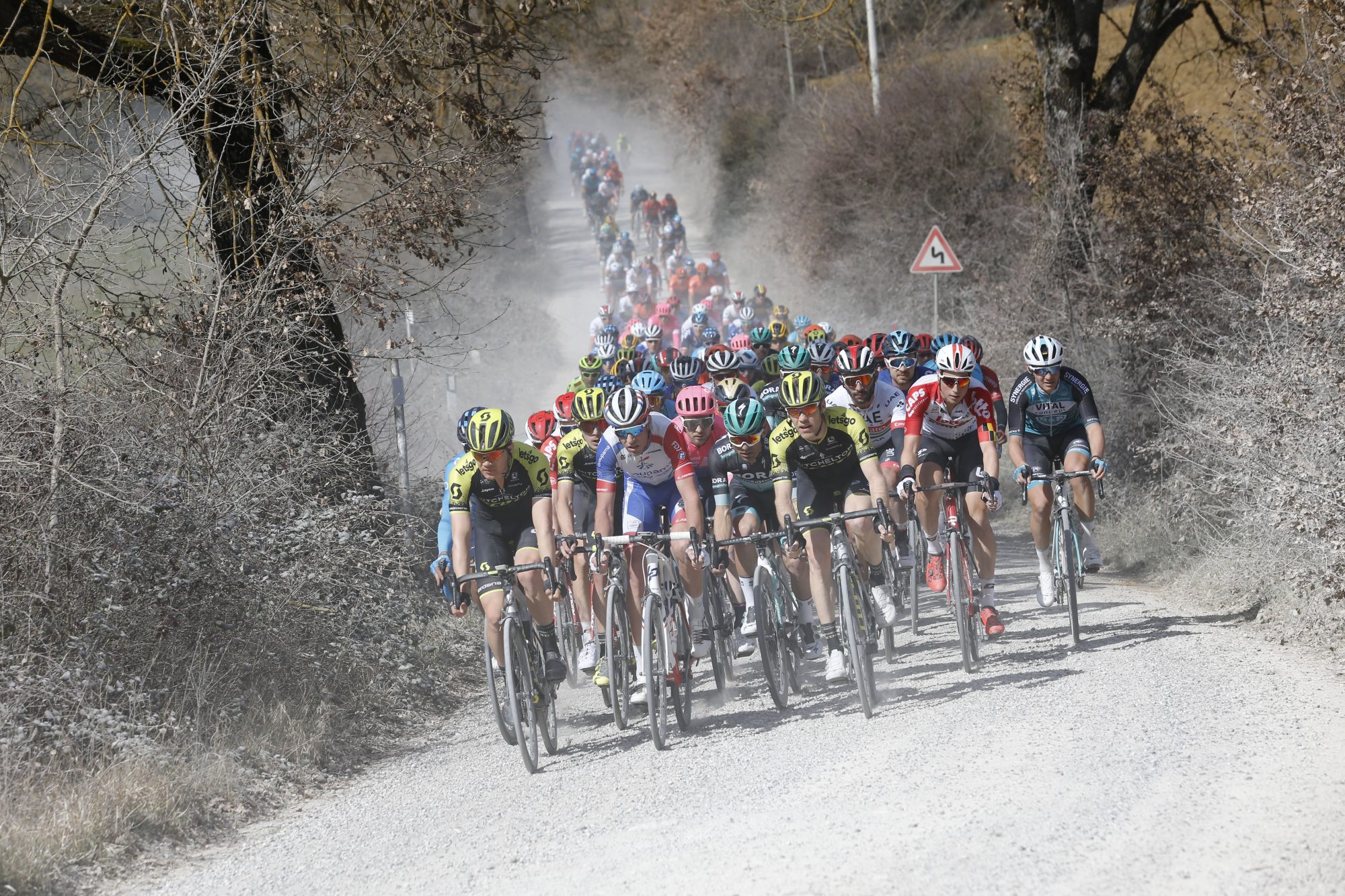
Deceuninck-Quick-Step win yet again
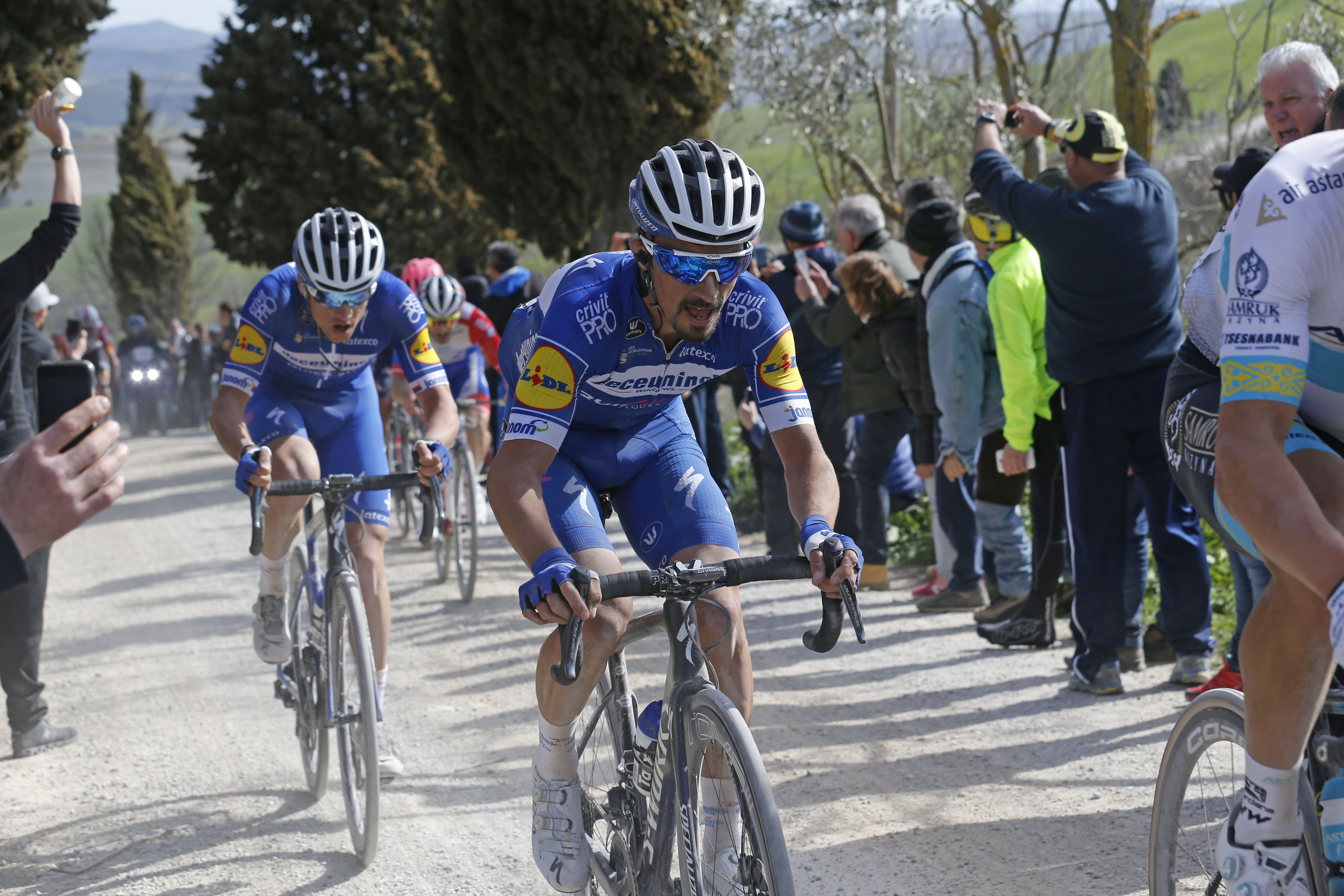
The 2019 spring Classics season appears to be stuck in its very own groundhog day, with Deceuninck-Quick-Step making it four wins out of four with victory at Strade Bianche.
Julian Alaphilippe followed in the footsteps of Zdenek Stybar at Omloop Het Nieuwsblad, Bob Jungels at Kuurne-Brussels-Kuurne and Florian Sénéchal at Le Samyn to become the fourth different rider to claim a Classic this spring, underlining just how much the team’s success is based on strength in depth, and how their riders are happy to take it in turns to adopt leadership roles.
>>> Julian Alaphilippe takes victory in fast and dusty Strade Bianche 2019
Once again, the Belgian squad got their tactics spot on. They held the numerical advantage when a selection of around a dozen riders was made, and hard work from Yves Lampaert ensured that that group was not to be brought back.
Then, when the dangerous duo of Jakob Fuglsang (Astana) and Wout Van Aert (Jumbo-Visma) attacked, Alaphilippe was alert and responded quickly to form the trio that would ultimately contest the finish.
With his explosive uphill sprint, Alaphilippe was exactly the man Deceuninck-Quick-Step would have wanted in contention for the final in Siena, and unsurprisingly the Frenchman produced an acceleration the others had no answer for.
The latest race content, interviews, features, reviews and expert buying guides, direct to your inbox!
Annemiek Van Vleuten is back and better than ever

In just her second race since crashing out of the Worlds last autumn, Annemiek Van Vleuten (Mitchelton-Scott) showed no signs of rustiness to win Strade Bianche.
She made her move from a select group of around a dozen riders on the final sector of gravel, and once the gap grew in excess of 30 seconds the truth began to dawn on the chasers that they would not being seeing her again.
Her form adds some welcome competitiveness to this spring’s racing, which had, following Chantal Blaak’s win at Omloop Het Nieuwsblad and Jip Van den Bos at Le Samyn, threatened to become another whitewash of Boels-Dolmans wins.
Boels-Dolmans were still collectively impressive, with Anna van der Breggen selfishly adopting a super-domestique role for Blaak and Anika Langvad, the latter of whom sprinted from the group of chasers for second.
But the fact it was Blaak who Van Vleuten managed to close down and then pass on the final gravel sector demonstrates how she is one of the few riders in the world with the individual strength to overcome the collective might of Boels-Dolmans. Some more great battles lie ahead of them.
Jakob Fuglsang finds his niche
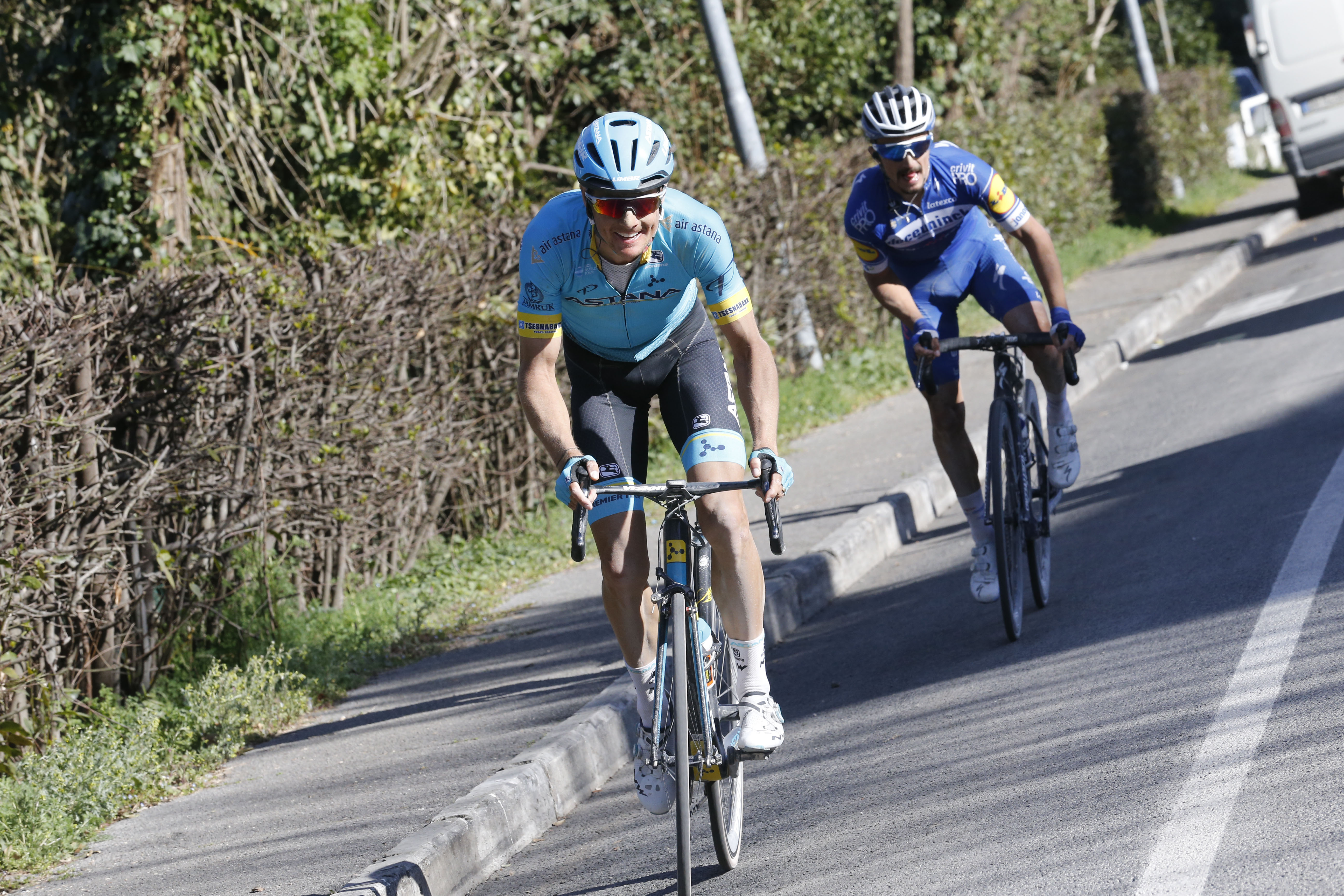
Strade Bianche is a peculiar race, in that it’s not always obvious which kind of rider will excel at it. The rider with the most all-time victories here (three) is heavyweight rouleur Fabian Cancellara, yet it has also brought out the best in all-rounders like Michal Kwiatkowski (whose won it twice), and remains the only professional career victory for Tiesj Benoot (Lotto-Soudal), who is, by contrast, a Classics specialist.
This year, the climber (and, perhaps significantly, former mountain biker) Jakob Fuglsang became the latest rider to take a shine to Strade Bianche.
This was only the second time Fuglsang had ever appeared here, and the Dane took to the gravel roads like a duck to water, launching a surprisingly powerful attack on the ninth of the 11 sectors that only Van Aert and Alaphilippe could respond to, and ultimately finishing second.
Despite his obvious talent, Fuglsang hasn’t quite accumulated the kind of palmarès he might have done. Overall victory in the 2017 Critérium du Dauphiné and silver at the Rio Olympics remain his standout results, but mostly his career has been limited to several top-10 finishes in the major stage races and Classics.
Although he lacked the final kick to claim victory, his performance in Siena suggests that he’s got the form to take a big win early this season - and also that he should return again to Strade Bianche next year, which might just be a race that has his name written on it.
Van Aert nearly pulls off astonishing comeback
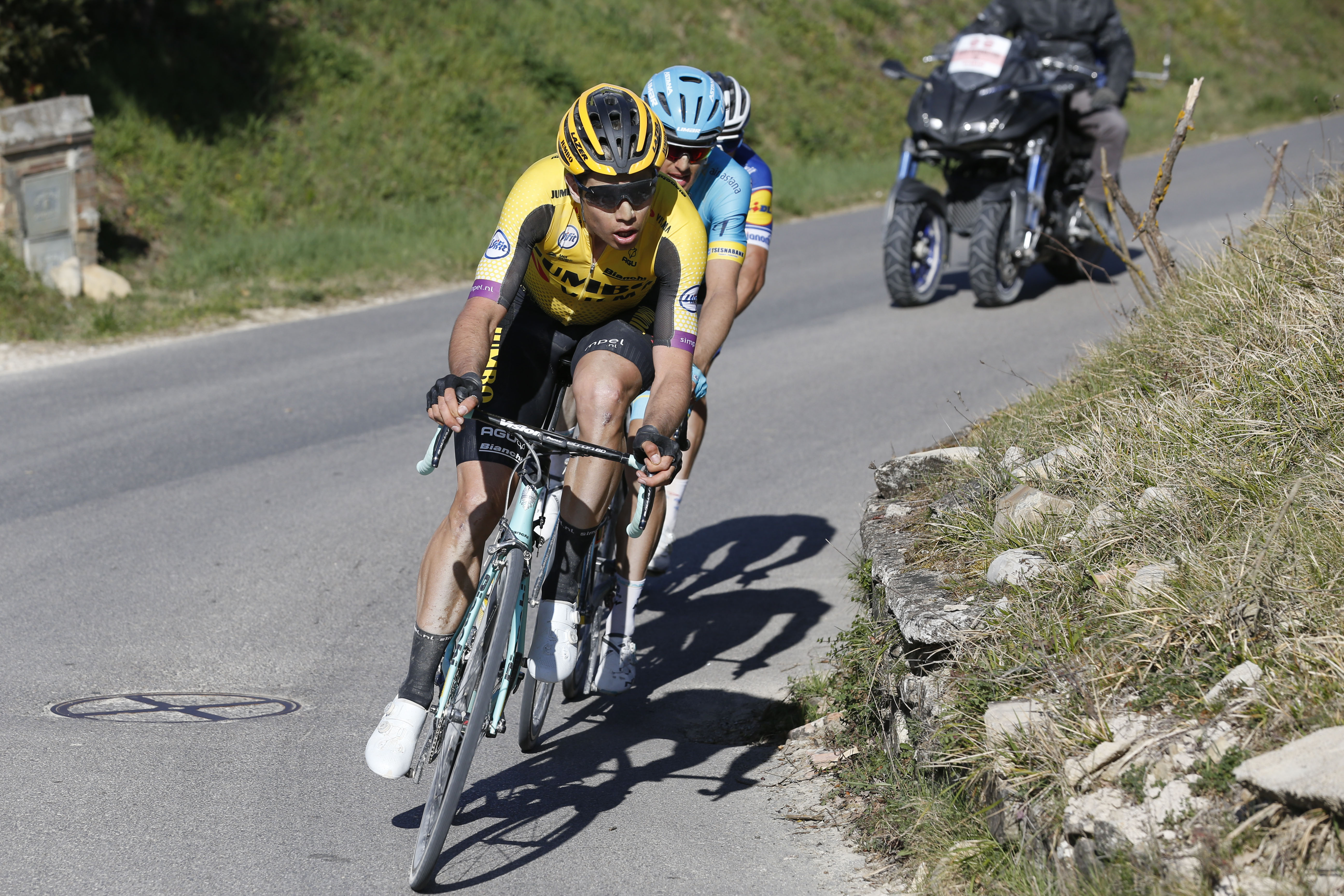
Although Wout van Aert initially went away with Alaphilippe and Fuglsang, his legs betrayed him on the following gravel sector and he was dropped.
After subsequently drifting into no-man’s land between the two leaders and the chasing pack, it seemed inevitable that he would eventually be swallowed up by the latter.
>>> Wout van Aert says he ‘had no f***ing choice’ but to ride solo in Strade Bianche final
But the young cyclocross sensation stuck at it and, when Alaphilippe and Fuglsang began to play games with one another, the improbable happened and the gap between them and him began to fall to within thirty seconds.
Van Aert’s comeback added an extra level of excitement, and his making the catch and going straight past the two leaders on the finishing climb made for a jaw-dropping moment.
Alaphilippe wisely closed him down, and the earlier effort proved too much for Van Aert as he was too exhausted to compete for the sprint victory, but third place for the second year in a row at Strade Bianche confirms his talent on the road, and suggest a major Classic win could be on the horizon.
Dry conditions shape the race
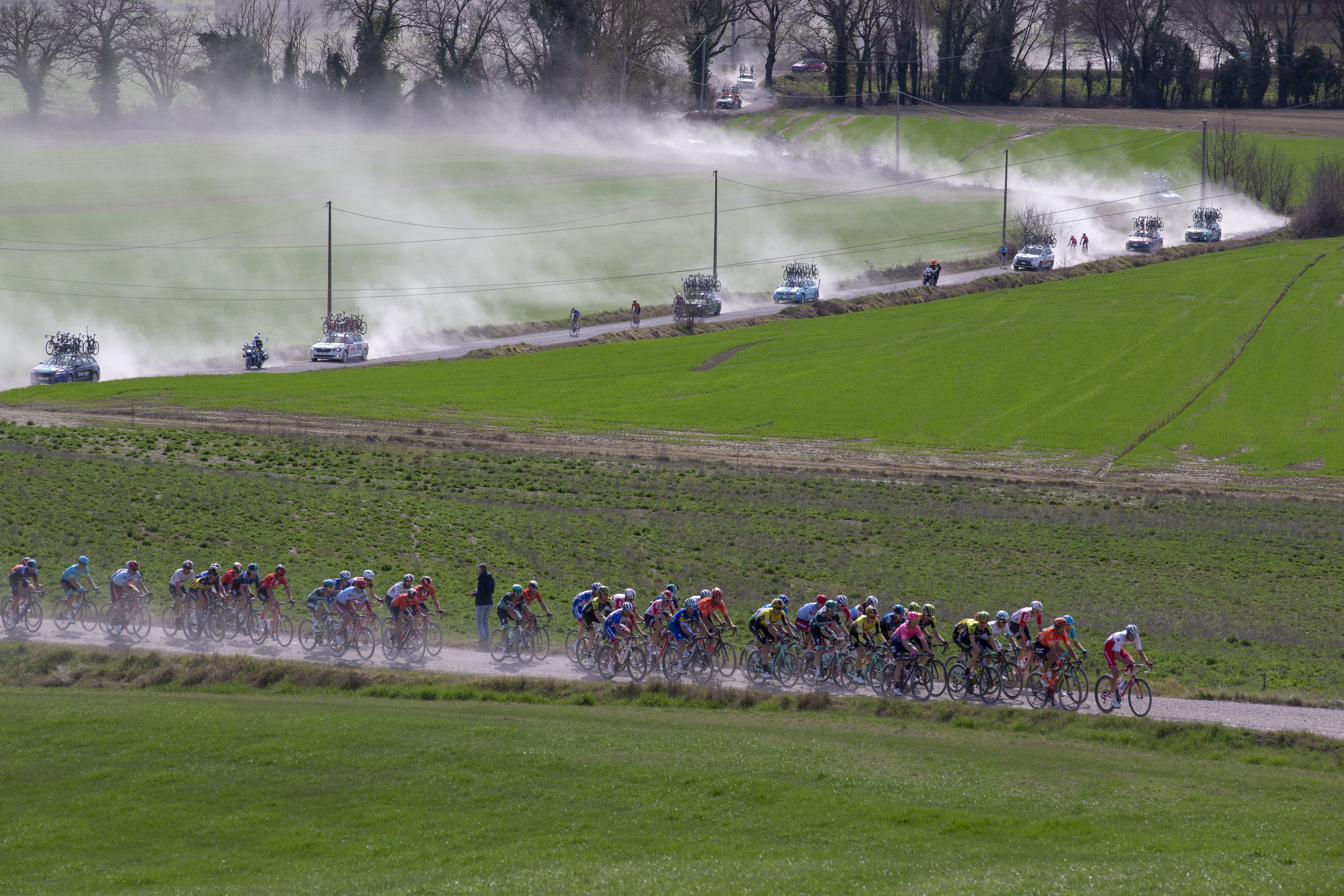
In stark contrast to last year’s rain-soaked mud-bath, this year’s Strade Bianche was a dry and dusty affair.
It might not have produced the epic racing, but it remained a beautiful, intriguing race in its own right.
The way the races unfolded also demonstrates how big an effect the weather can have on how the riders choose to race. The women’s race went at a lightening speed, finishing well ahead of the fastest predicted time of arrival, the riders benefiting from conditions that helped make the gravel sectors easier to negotiate.
And in the men’s race, the selections that were made were early and decisive, with never any real threat of the distanced groups making it back once they’d fallen adrift.
One victim of this was Geraint Thomas (Sky). He failed to make the key selection when it was made, but showed great form in the finale to finish highest from the group of favourites, and seal 12th. It was a performance that suggests he could compete for victory should he choose to return to Strade Bianche.
Stephen Puddicombe is a freelance journalist for Cycling Weekly, who regularly contributes to our World Tour racing coverage with race reports, news stories, interviews and features. Outside of cycling, he also enjoys writing about film and TV - but you won't find much of that content embedded into his CW articles.